Medical Assessment Case Study: Patient Care and Treatment Plan
VerifiedAdded on 2020/02/19
|18
|3223
|49
Case Study
AI Summary
This medical assessment case study focuses on a 58-year-old male patient, Jim, presenting with flu-like symptoms, including fever, inflammation, and muscle pain, alongside a history of hypertension. The assessment details his physical condition, including elevated heart rate and blood pressure, and outlines nursing problems such as the risk of infection, self-care deficits, imbalanced fluid volume, chronic hypertension, and nutrition deficit. The care plan includes interventions to prevent infection spread, address self-care needs, restore fluid balance, manage hypertension, and improve nutrition. The case study also covers medication management, patient teaching, and clinical judgment, emphasizing the importance of patient engagement, education on health risks, and the need for ongoing monitoring and adjustments to the care plan. The patient is prescribed oseltamivir, paracetamol, and a seasonal flu vaccine, with careful monitoring for any adverse reactions. Patient teaching emphasizes the ill effects of smoking, the importance of medication adherence, and the need for proper nutrition. The clinical judgment section highlights the patient's worsening condition, including shivering and low oxygen saturation, necessitating adjustments to the environment and treatment plan. This case study provides a comprehensive overview of patient assessment, care planning, and clinical decision-making in a healthcare setting.
1 out of 18
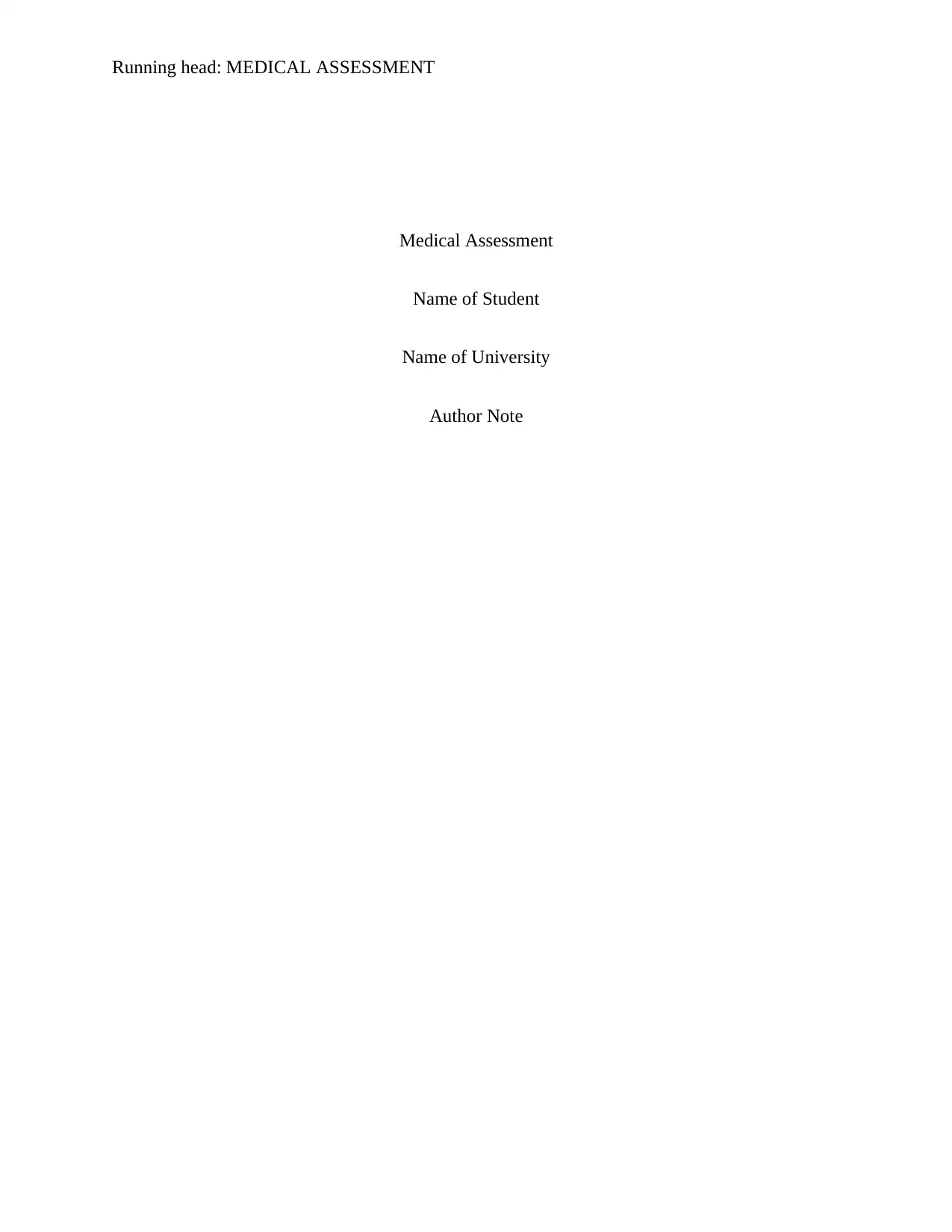
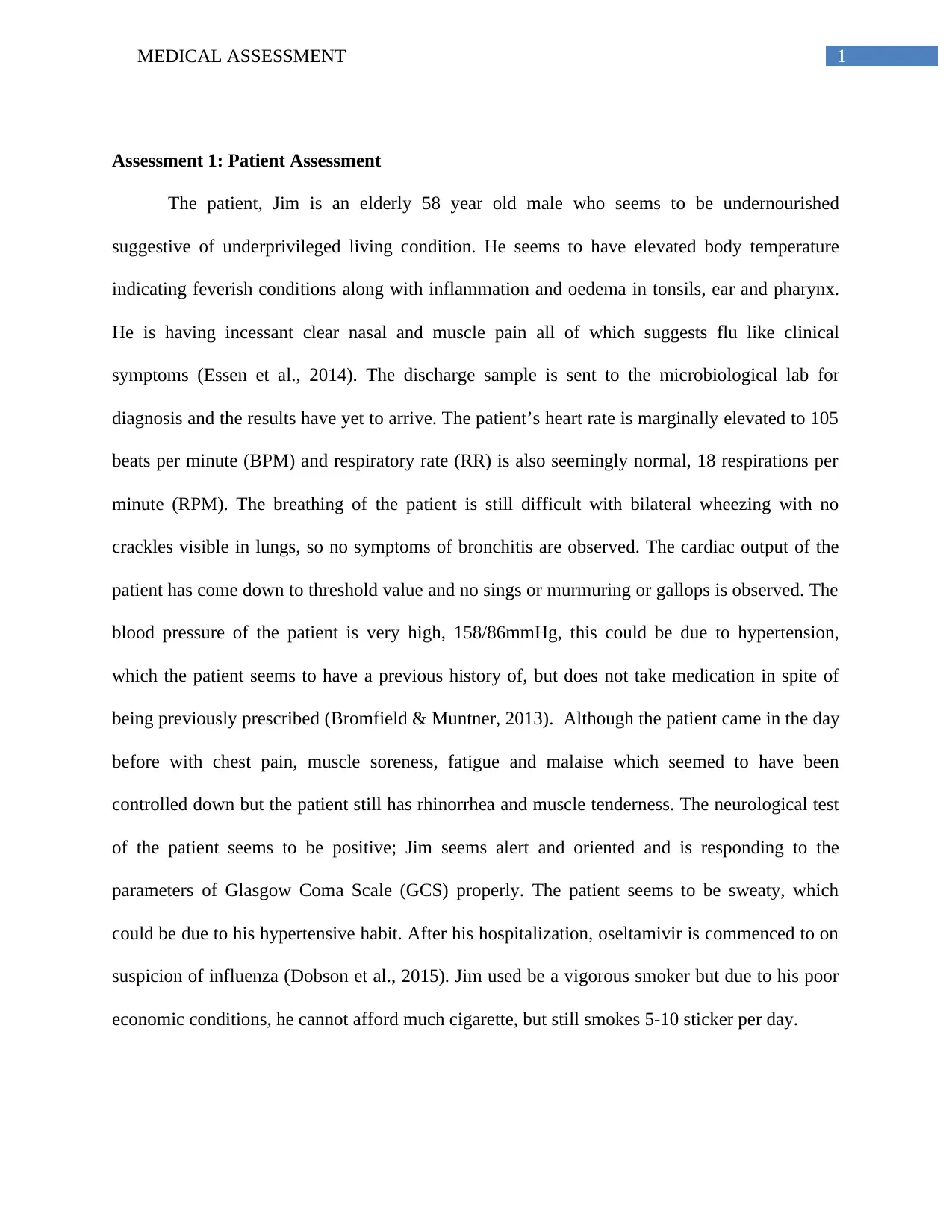
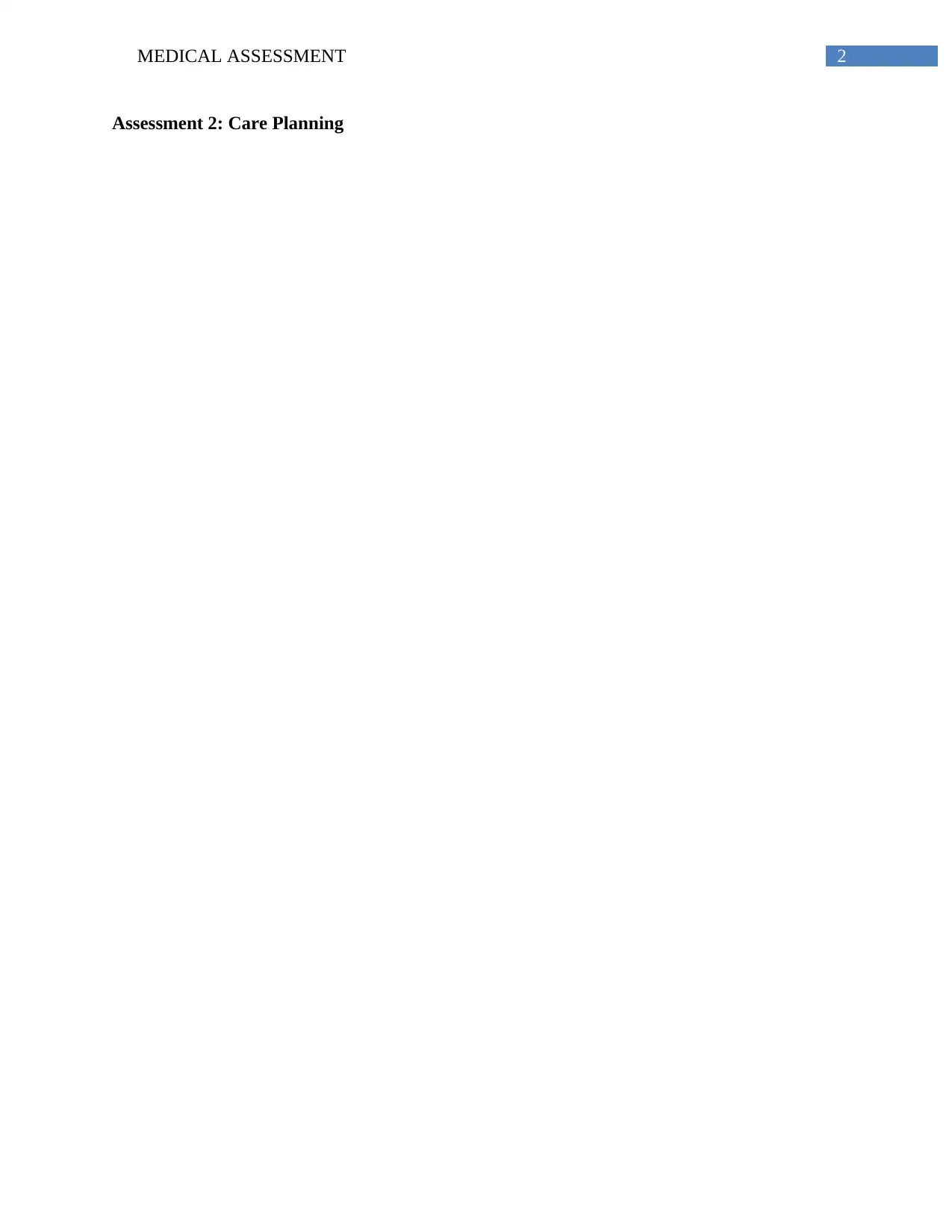

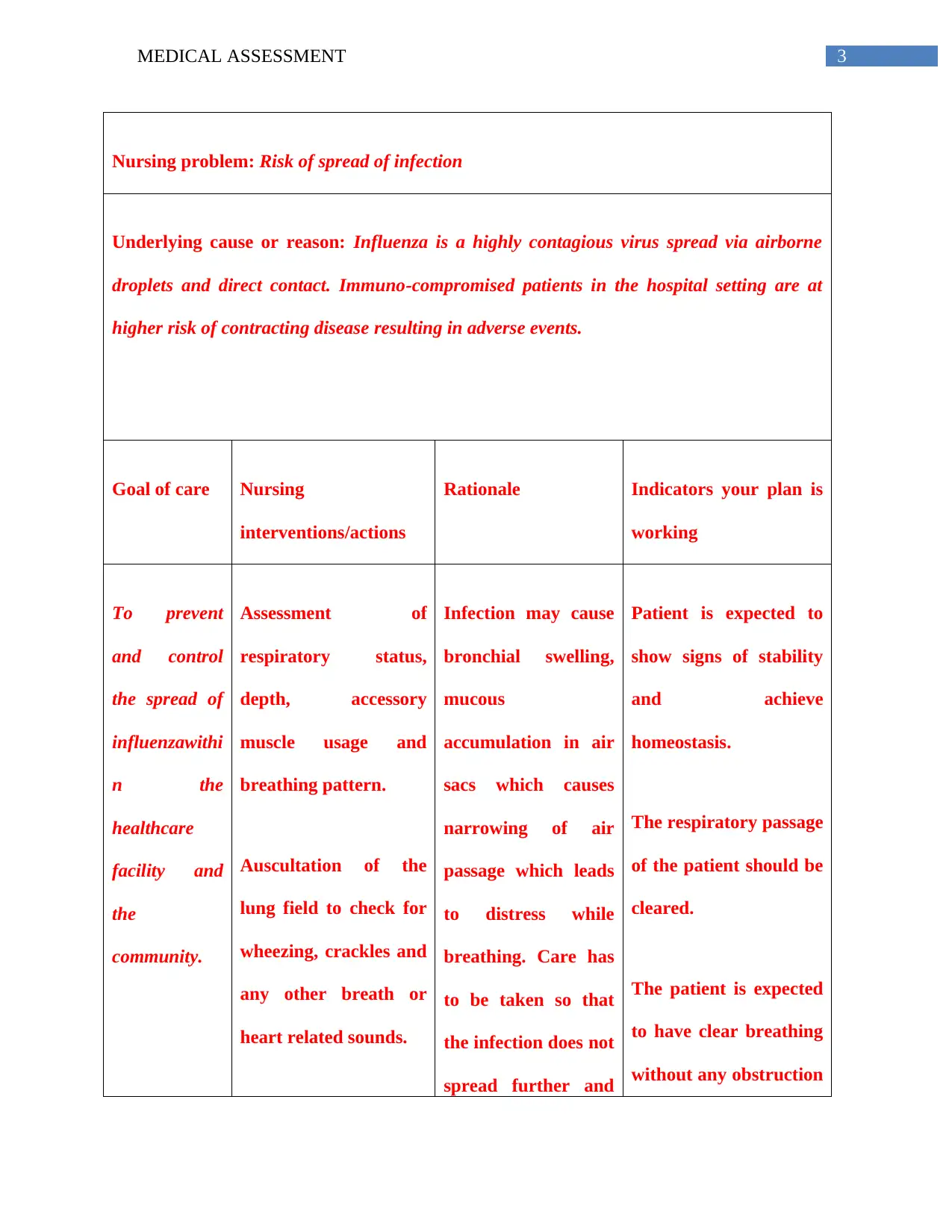
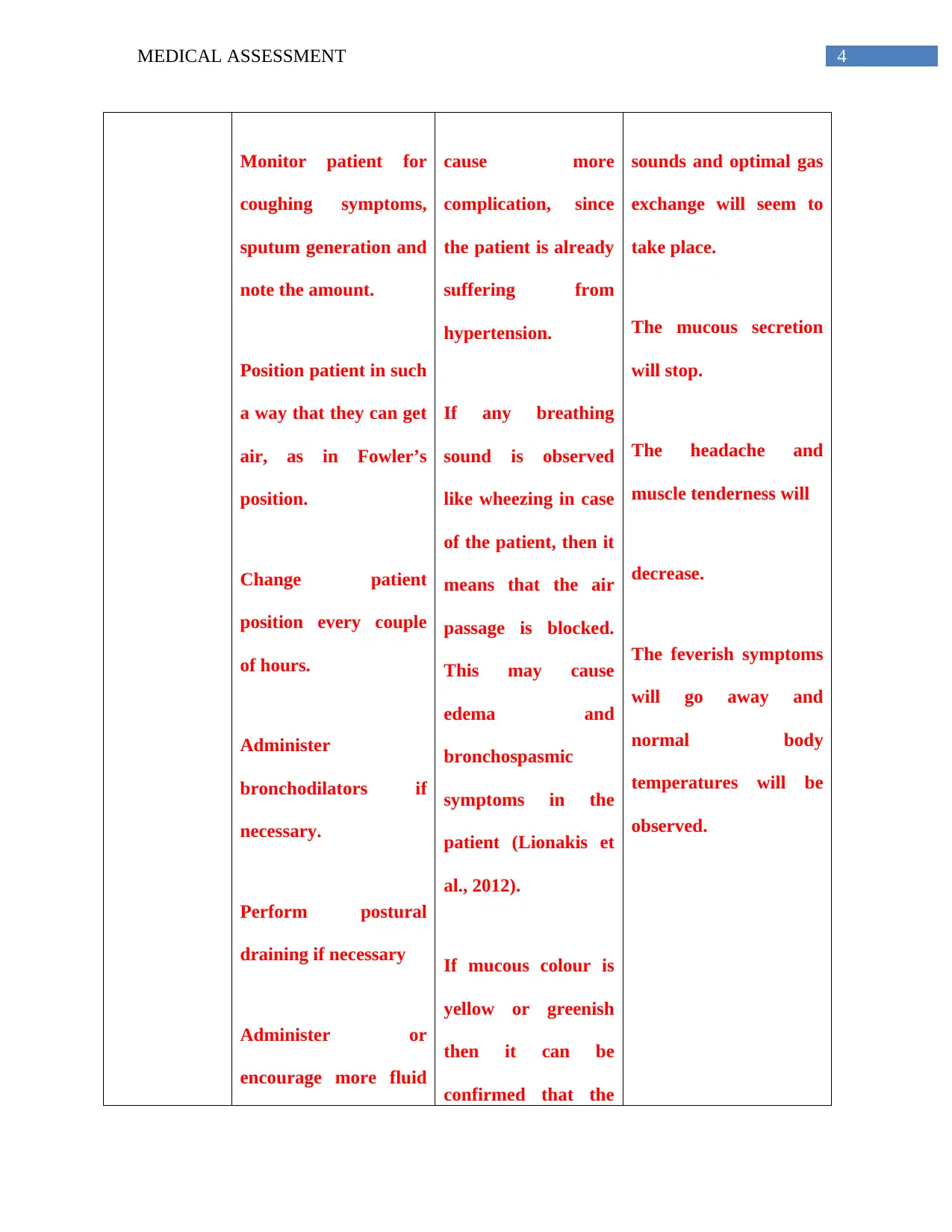
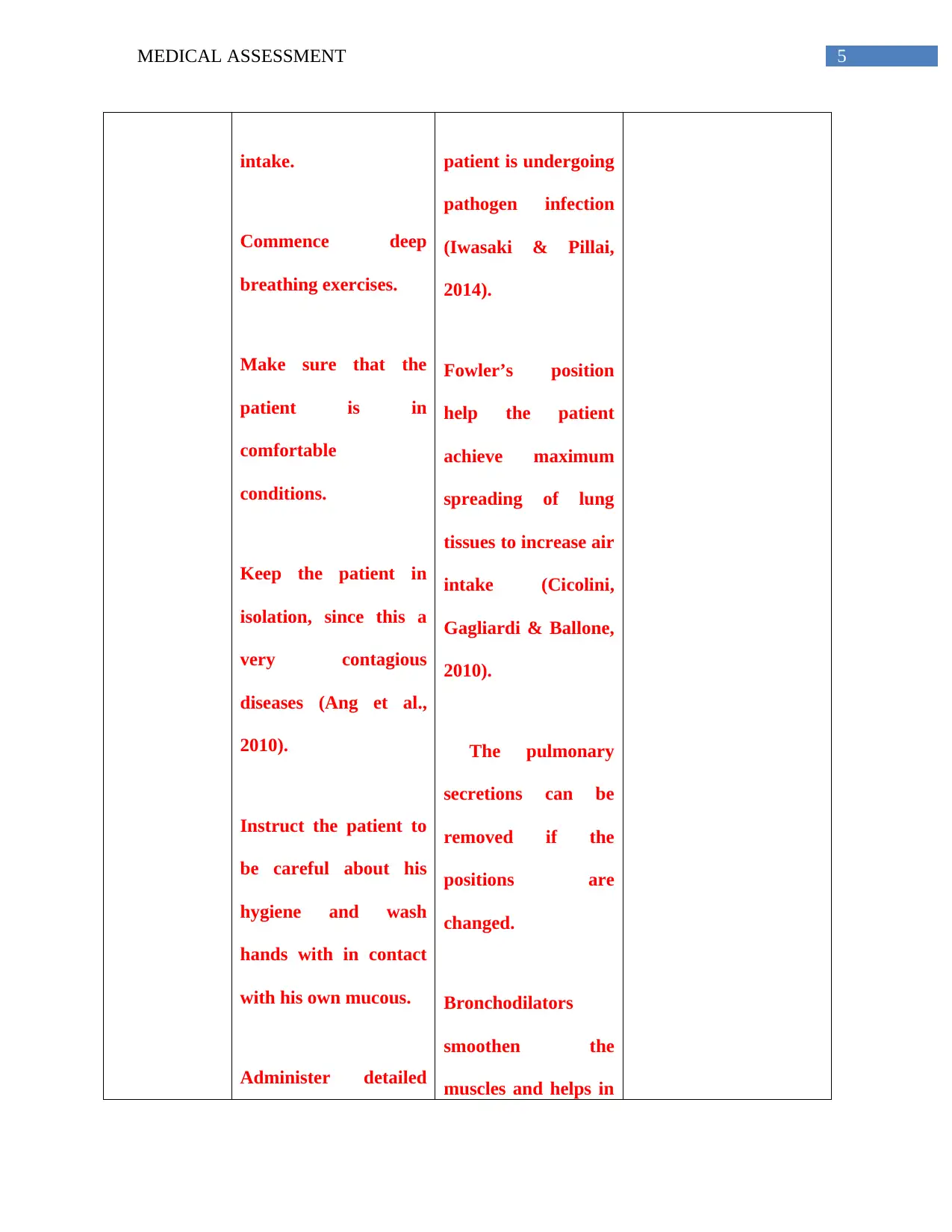
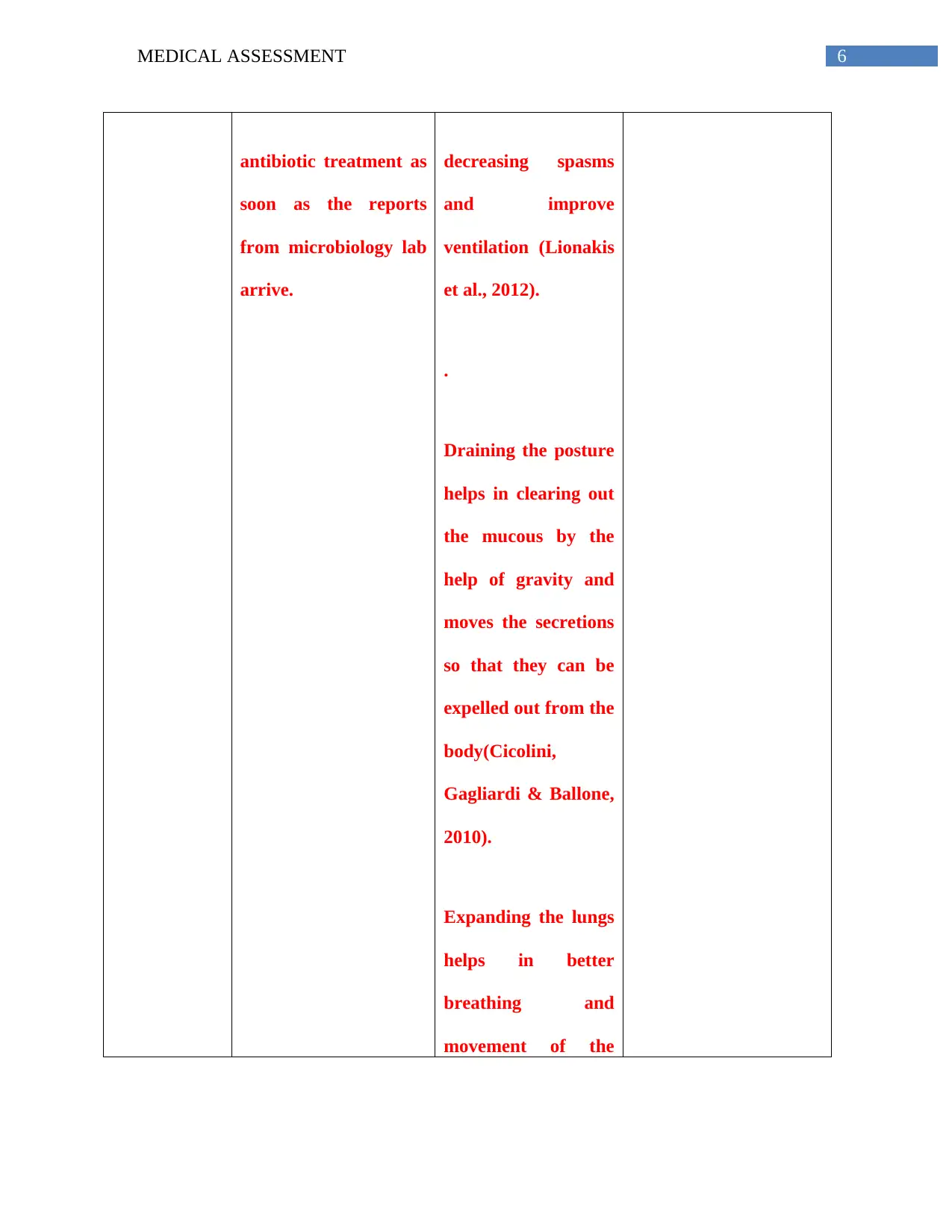
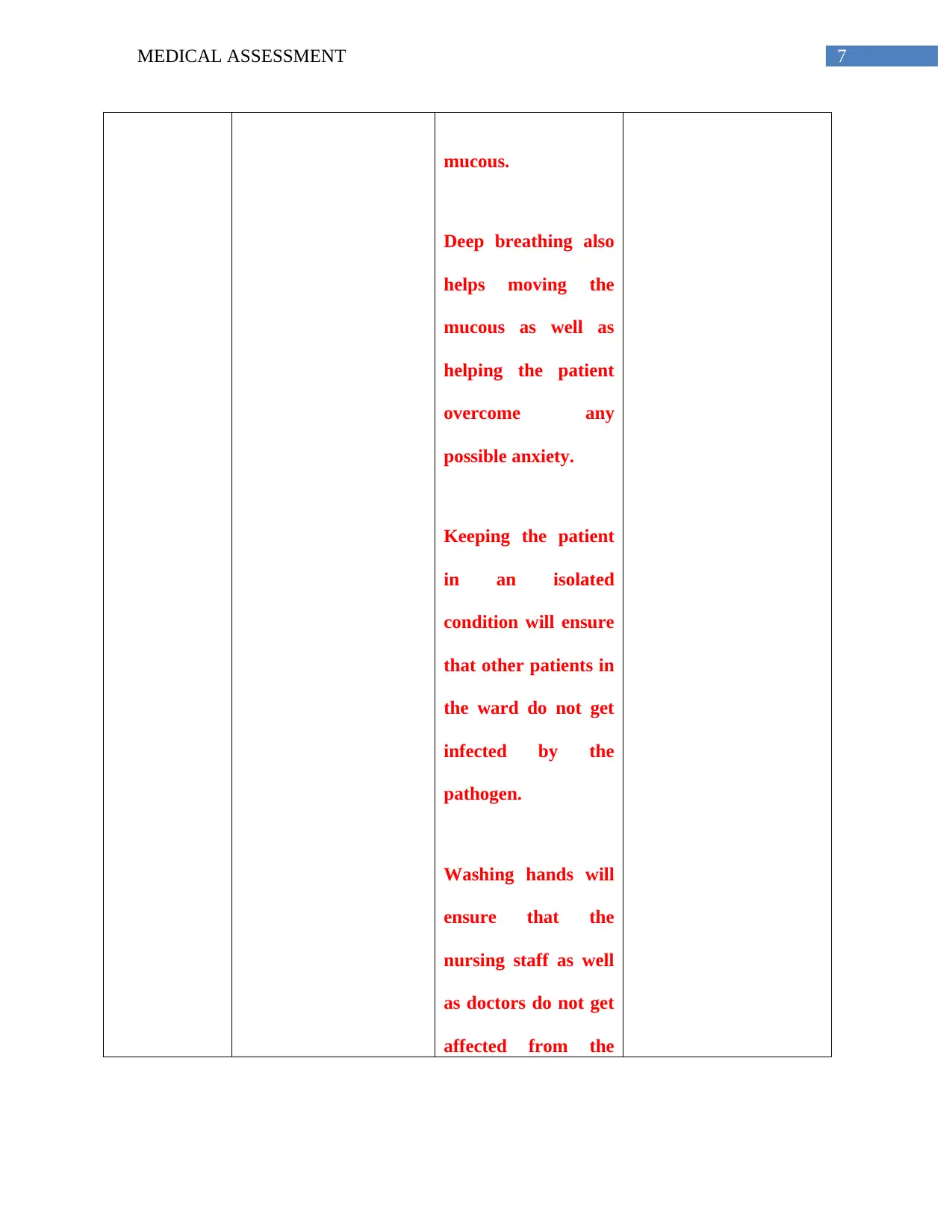
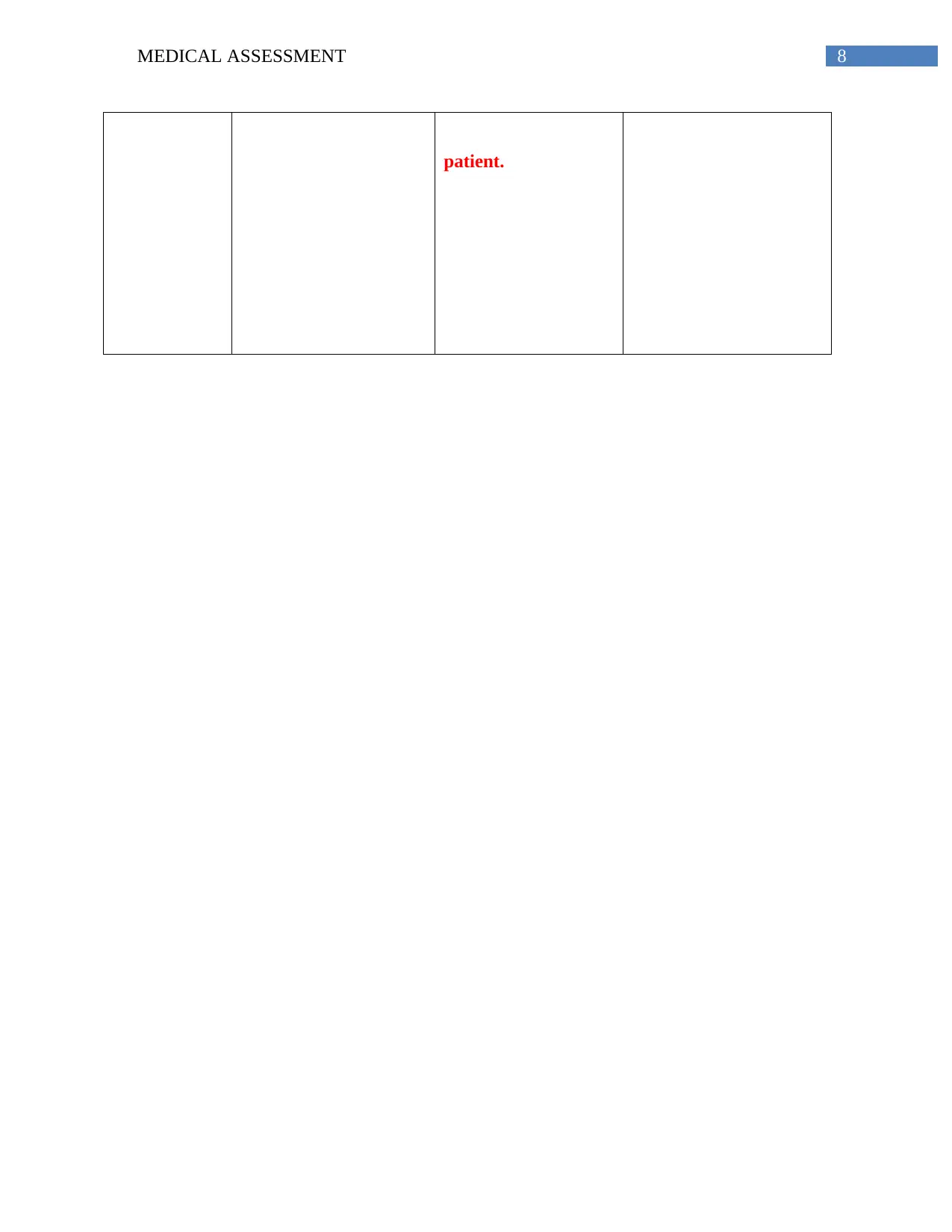
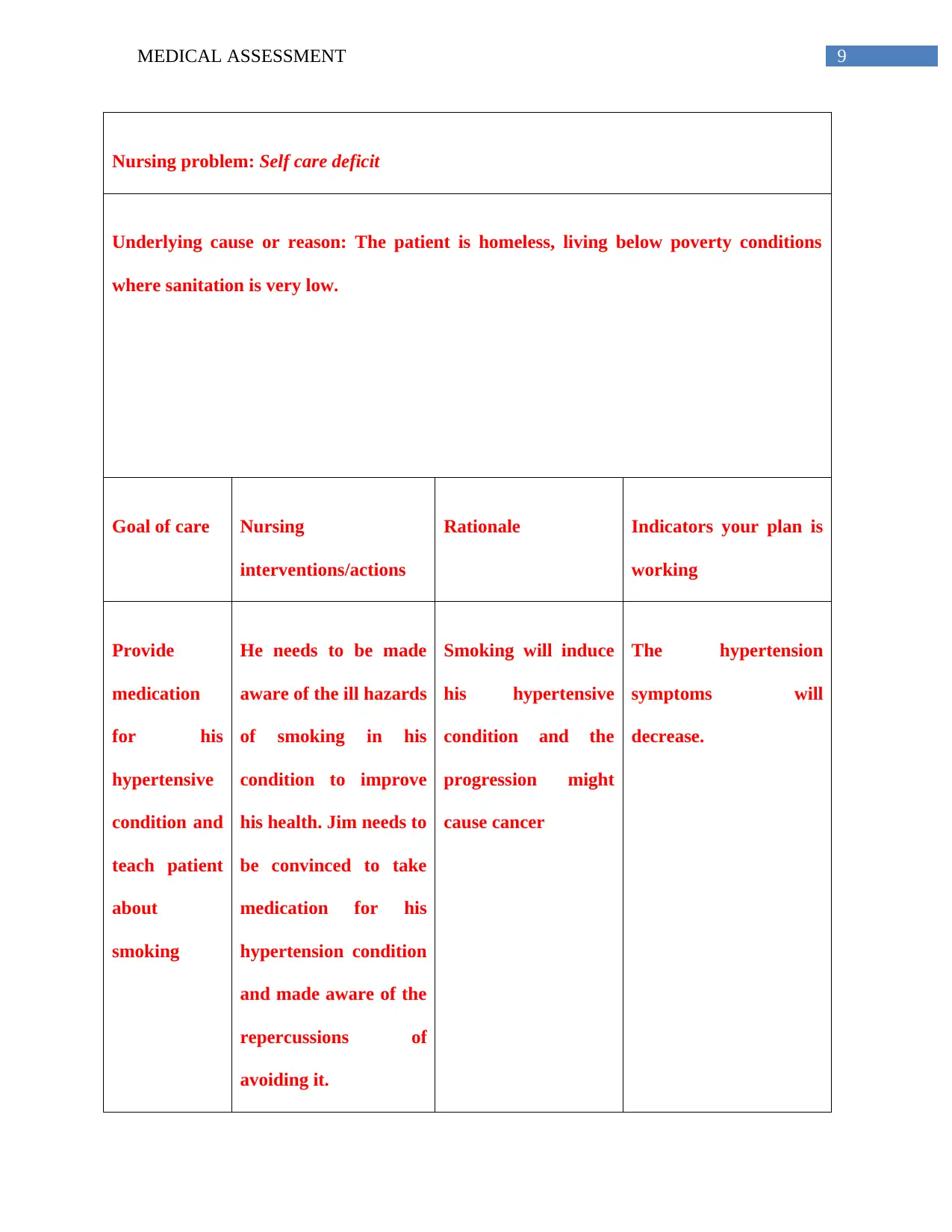
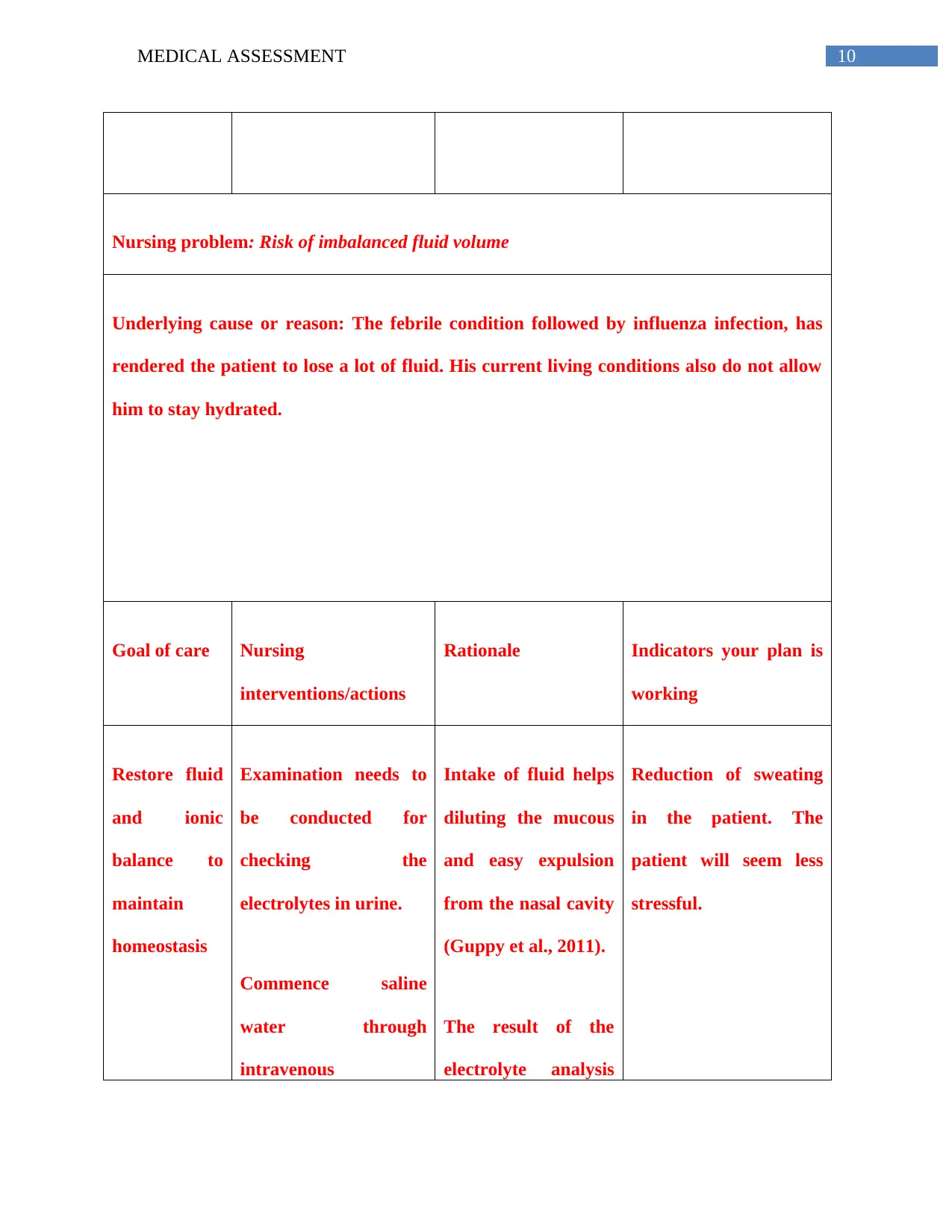
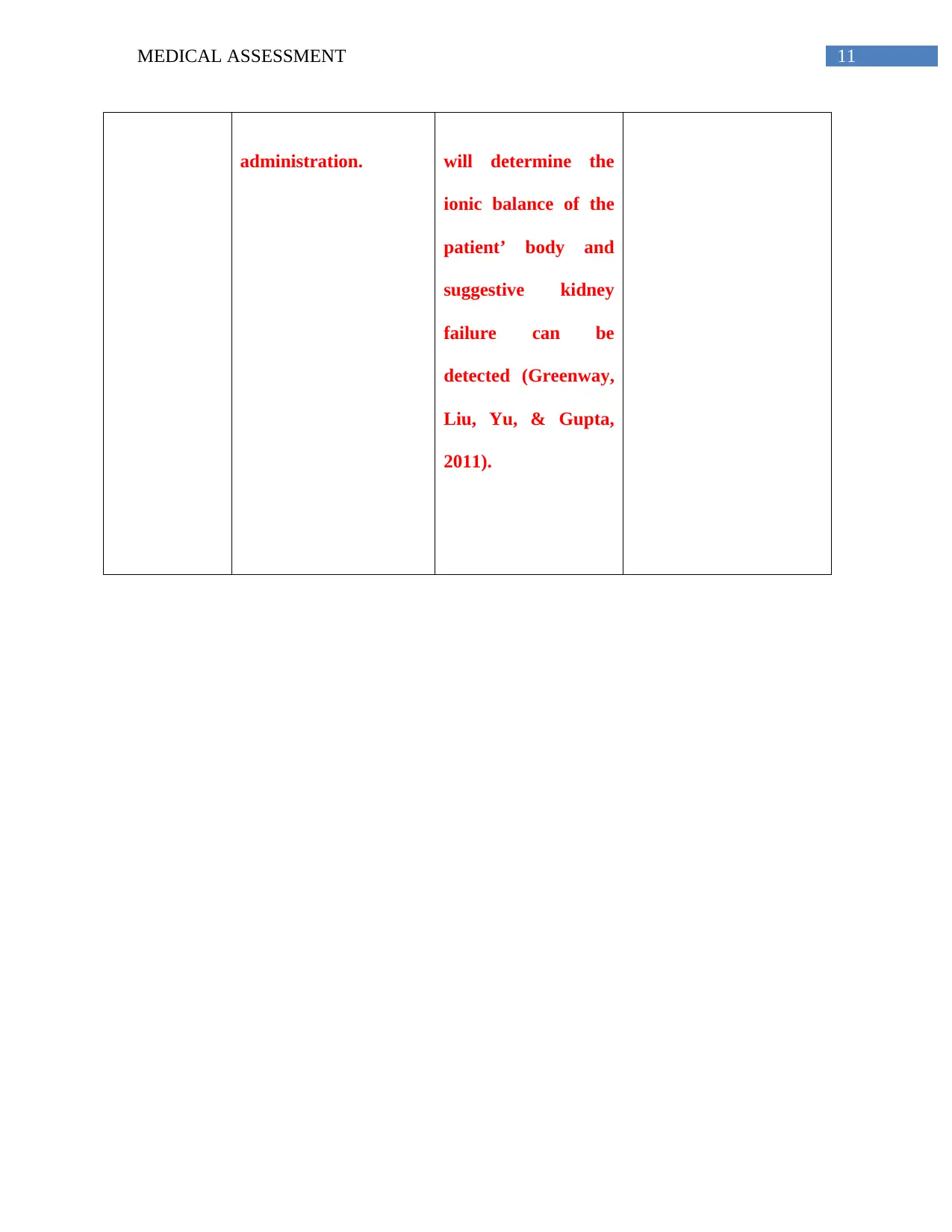






![[object Object]](/_next/static/media/star-bottom.7253800d.svg)